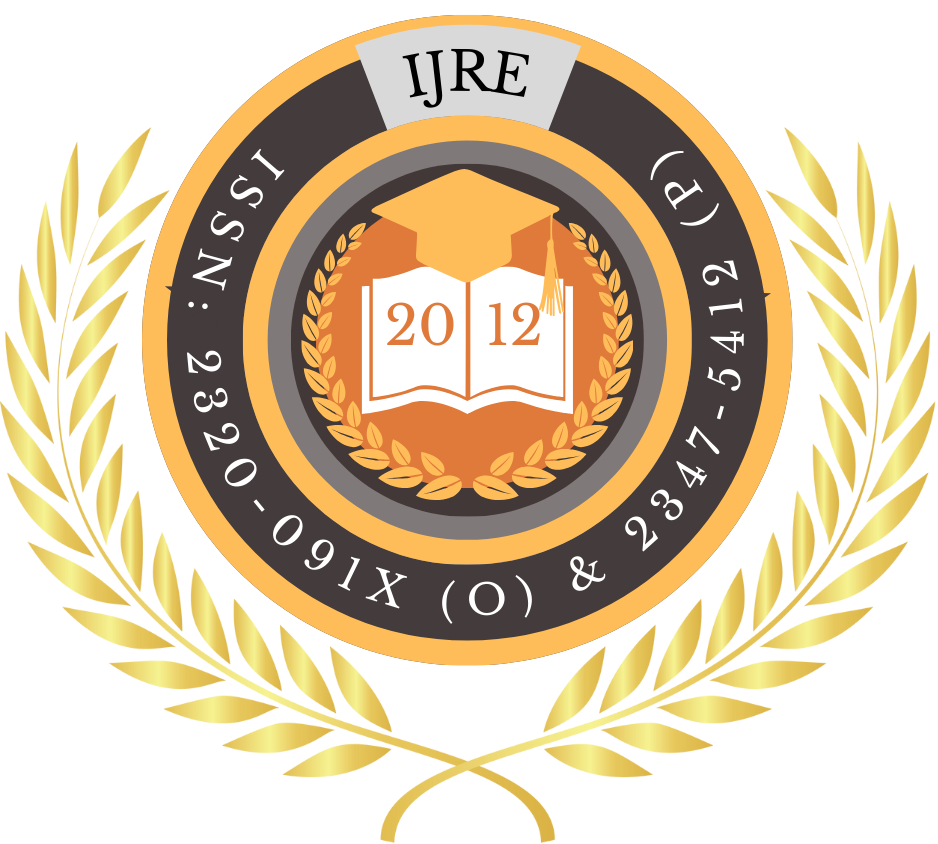![]()
Certificate: View Certificate
Published Paper PDF: View PDF
Smita Reddy
Independent Researcher
Andhra Pradesh, India
Abstract
The flipped‑classroom model reconceptualizes the traditional sequence of instruction by moving direct content delivery outside of scheduled class time and reserving in‑class sessions for active, learner‑centered activities. In teacher training institutes, this pedagogical shift holds potential to transform how preservice teachers engage with theory and practice, bridge the gap between conceptual understanding and classroom application, and foster critical reflective skills. This manuscript presents a comprehensive inquiry into flipped‑classroom implementations within teacher education programs. Drawing on constructivist and social learning theories, we first review the evolution of the flipped approach and its alignment with 21st‑century teaching competencies. Next, we describe a survey of 100 teacher trainees across five institutes that have piloted flipped modules in methodology courses. Quantitative analysis reveals that over three‑quarters of respondents report higher engagement and motivation, two‑thirds perceive deeper conceptual comprehension, and more than half feel better prepared for microteaching and practicum assignments. Qualitative feedback further highlights benefits such as increased learner autonomy and richer peer collaboration, alongside challenges including variability in instructor readiness and digital resource quality. Methodological rigor is ensured through validated survey instruments, expert review of materials, and cross‑validation of thematic coding. We conclude with evidence‑informed recommendations for institute‑wide implementation—emphasizing faculty development, resource curation, and incremental rollout—and outline areas for future longitudinal and experimental research. This study contributes to both scholarship and practice by offering an in‑depth, mixed‑methods perspective on how flipped classrooms can enhance teacher preparation.
Keywords
Flipped Classroom, Teacher Training, Learner Engagement, Instructional Design, Educational Technology
References
- Anderson, L. W., & Krathwohl, D. R. (Eds.). (2001). A taxonomy for learning, teaching, and assessing: A revision of Bloom’s taxonomy of educational objectives. Longman.
- Bishop, J. L., & Verleger, M. A. (2013). The flipped classroom: A survey of the research. In ASEE National Conference Proceedings (pp. 1–18).
- Chen, F., Lui, A. M., & Martinelli, S. M. (2014). A systematic review of the effectiveness of flipped classrooms in medical education. Medical Education, 14(2), 1–9.
- Creswell, J. W., & Plano Clark, V. L. (2011). Designing and conducting mixed methods research (2nd ed.). SAGE Publications.
- Darling‑Hammond, L. (2006). Powerful teacher education: Lessons from exemplary programs. Jossey‑Bass.
- Hung, H.-T. (2015). Flipping the classroom for English language learners to foster active learning. Computer Assisted Language Learning, 28(1), 81–96.
- Lage, M. J., Platt, G. J., & Treglia, M. (2000). Inverting the classroom: A gateway to creating an inclusive learning environment. The Journal of Economic Education, 31(1), 30–43.
- McLaughlin, J. E., Griffin, L. M., et al. (2014). Pharmacy student engagement, performance, and perception in a flipped satellite classroom. American Journal of Pharmaceutical Education, 78(9), 1–7.
- Mishra, P., & Koehler, M. J. (2006). Technological pedagogical content knowledge: A framework for teacher knowledge. Teachers College Record, 108(6), 1017–1054.
- Milman, N. B. (2012). The flipped classroom strategy: What is it and how can it best be used? Distance Learning, 9(3), 85–87.
- O’Flaherty, J., & Phillips, C. (2015). The use of flipped classrooms in higher education: A scoping review. The Internet and Higher Education, 25, 85–95.
- Piaget, J. (1952). The origins of intelligence in children. International Universities Press.
- Roehl, A., Reddy, S. L., & Shannon, G. J. (2013). The flipped classroom: An opportunity to engage millennial students through active learning. Journal of Family & Consumer Sciences, 105(2), 44–49.
- Shulman, L. S. (1986). Those who understand: Knowledge growth in teaching. Educational Researcher, 15(2), 4–14.
- Strayer, J. F. (2012). How learning in an inverted classroom influences cooperation, innovation and task orientation. Learning Environments Research, 15(2), 171–183.
- Tucker, B. (2012). The flipped classroom. Education Next, 12(1), 82–83.
- Vygotsky, L. S. (1978). Mind in society: The development of higher psychological processes. Harvard University Press.
- Walker, E. T., & Wood, J. A. (2017). Using homework to flip the classroom: A case study of learning in an introductory statistics course. International Journal of Teaching and Learning in Higher Education, 29(1), 1–16.
- Westermann, D. J., Kozak, S., & Linder, K. E. (2014). The benefits of flipping the classroom. Teaching of Psychology, 41(3), 222–226.
- Wu, B., & Zhang, L. (2019). Effects of a flipped classroom on students’ learning outcomes and satisfaction: A meta-analysis. Journal of Computers in Education, 6(3), 313–333.
